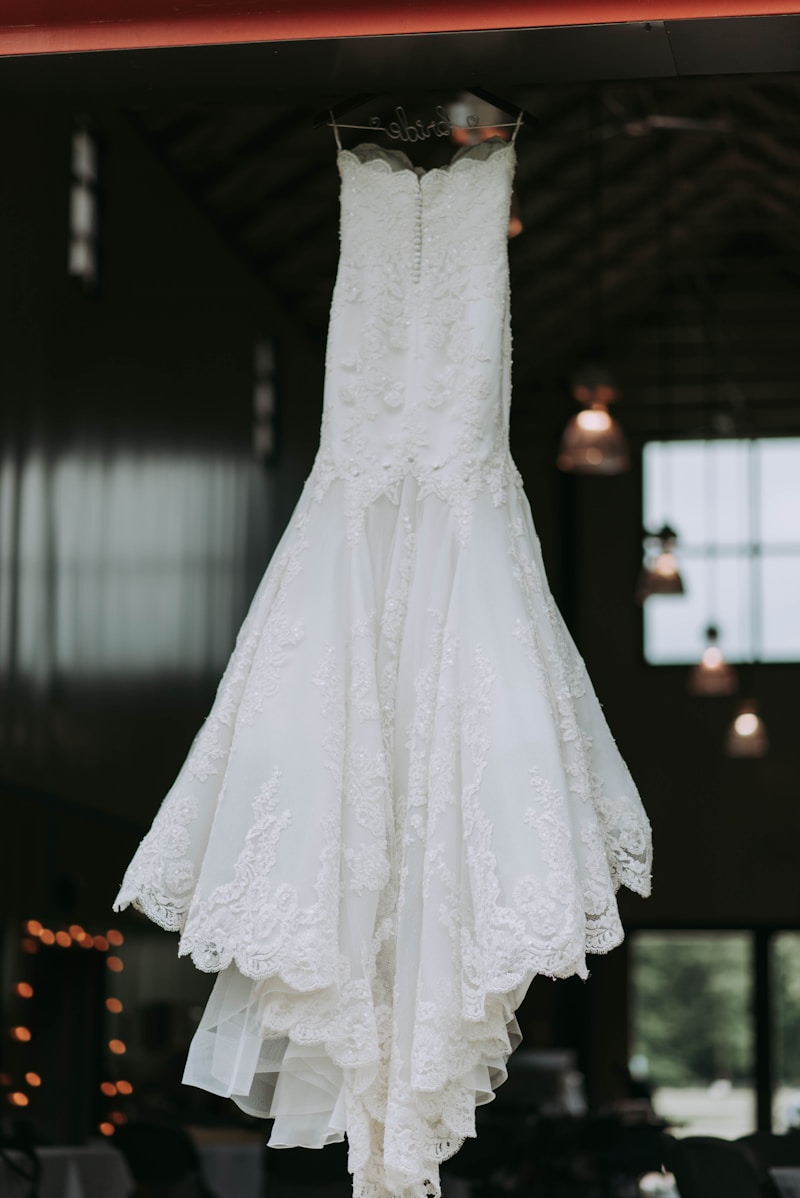Best Practices for Dress Preservation: Keeping Your Favorite Outfits Flawless
When it comes to maintaining the beauty and integrity of your favorite dresses, understanding the best practices for dress preservation is essential. Whether it's a cherished vintage piece, a stunning wedding gown, or a costume for a themed event, proper care ensures that your dresses remain in excellent condition for years to come. In this article, we will explore various methods to preserve dresses, including storage techniques, cleaning procedures, and environmental considerations.
Understanding Dress Preservation
Dress preservation involves more than just keeping your garments clean. It encompasses various strategies aimed at preventing damage from factors like light, moisture, and pests. The primary goal is to ensure that fabrics remain vibrant and free from wear and tear. Let's examine some of the key concepts related to dress preservation.
1. The Importance of Cleaning
Before storing your dress, it is crucial to clean it properly. Different fabrics require different cleaning methods. Here are a few best practices:
| Fabric Type | Recommended Cleaning Method |
| Silk | Dry cleaning recommended to avoid water spots. |
| Cotton | Machine or hand wash in cold water; air dry. |
| Lace | Hand wash gently; avoid wringing out. |
| Wool | Dry clean or use a delicate wash cycle. |
Always read the garment care label for specific cleaning instructions. Regular cleaning not only removes stains but also prevents long-term damage from trapped dirt and oils.
2. Proper Storage Techniques
The way you store your dresses significantly impacts their longevity. Here are some best practices to consider:
- Use Acid-free Materials: Store dresses in acid-free boxes or garment bags to prevent yellowing and deterioration.
- Avoid Plastic: Plastic can trap moisture and lead to mildew. Opt for breathable cotton or muslin for storage.
- Hang or Fold: Depending on the fabric, hanging or folding may be suitable. Heavier fabrics should be hung on padded hangers, while lighter fabrics can be folded flat.
- Climate Control: Store dresses in a climate-controlled environment to avoid humidity and temperature fluctuations that can cause damage.
- Avoid Direct Sunlight: Keep your dresses away from direct sunlight to prevent fading and weakening of the fibers.
3. Protecting Against Pests
Pests can be a significant threat to the preservation of your dresses. Here are some precautions:
- Regular Checks: Periodically inspect stored dresses for signs of pests.
- Natural Repellents: Consider using lavender sachets or cedar blocks to deter moths and insects.
- Avoid Food Storage Nearby: Do not store dresses where food is kept, as this can attract pests.
Cleaning Techniques to Consider
After ensuring that your dress is clean, it’s essential to know how to handle stains and discoloration properly. Here are several methods to address common issues:
Stain Removal
For stains on your dress, different treatments may be necessary:
- Oil Stains: Blot with a clean, dry cloth, and apply a mixture of dish soap and water.
- Wine Stains: Sprinkle salt on the stain, let it sit, then blot with cold water.
- Ink Stains: Dab with rubbing alcohol using a cotton ball.
- General Stains: Always test any cleaning agent on an inconspicuous area first.
Final Touches for Long-Term Care
Once your dress is clean and properly stored, consider additional measures to keep it in pristine condition:
- Regular Maintenance: Take your dresses out occasionally to let them breathe and check for any damage.
- Repair Minor Damage: Address small issues like loose threads or small tears promptly to prevent further damage.
- Professional Help: For highly valuable or delicate dresses, consider seeking professional preservation services.

Conclusion
Preserving your favorite dresses requires dedication and attention to detail. By following the best practices for dress preservation outlined in this article, you can ensure that your garments remain beautiful and wearable for years to come. Regular cleaning, proper storage, and pest prevention are vital components of maintaining the quality of your dresses. Remember, each fabric type may necessitate a different approach, so take the time to understand their specific needs. With a little effort, your dresses can continue to tell their stories while remaining in impeccable condition.
Summary of Key Points:
- Clean garments according to fabric type.
- Use proper storage techniques with acid-free materials.
- Protect dresses from pests through regular maintenance and natural repellents.
- Address stains promptly using appropriate methods.
- Consider professional preservation for delicate or valuable pieces.
By implementing these practices, you not only preserve the dresses but also the memories attached to them. Enjoy your beautiful pieces, and may they remain timeless for generations to come!